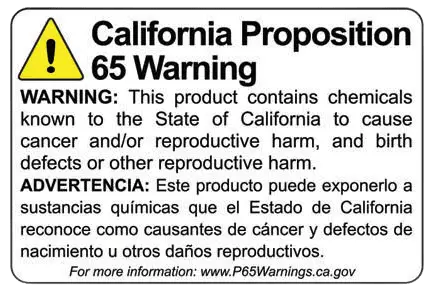 Choosing the right heat shrink ratio is essential to ensure a proper fit and reliable performance in your application. The ratio you select will depend on the size and shape of the components you’re working with, as well as the level of protection and insulation required.
Choosing the right heat shrink ratio is essential to ensure a proper fit and reliable performance in your application. The ratio you select will depend on the size and shape of the components you’re working with, as well as the level of protection and insulation required.
Steps to Choose the Right Heat Shrink Ratio:
- Measure the Largest Diameter:
- Begin by measuring the largest diameter of the object that the tubing needs to cover. This could be a cable bundle, a connector, or any other component.
- Ensure that the unshrunk tubing can easily fit over this part.
- Measure the Smallest Diameter:
- Measure the smallest diameter along the length of the object. This is crucial because the tubing must shrink enough to tightly fit over this area.
- The tubing should fully conform to the smallest diameter when shrunk.
- Consider the Shrink Ratio:
- 2:1 Ratio: Suitable when the difference between the largest and smallest diameters is not too drastic. It’s commonly used for straightforward insulation tasks.
- 3:1 Ratio: Ideal for situations where there’s a moderate difference between diameters, such as when covering connectors or irregularly shaped components.
- 4:1 Ratio: Best for extreme differences in diameters or when a very tight, protective seal is needed, such as in harsh environments.
- Material and Environment:
- Consider the material of the heat shrink tubing. Different materials offer varying levels of flexibility, durability, and resistance to chemicals, UV light, or moisture.
- Ensure the material is appropriate for the environmental conditions of your application.
- Ease of Installation:
- A higher shrink ratio allows more flexibility during installation, as it can accommodate a broader range of sizes.
- If ease of installation is a priority, opt for a higher shrink ratio.
- Application-Specific Requirements:
- For electrical insulation, choose a ratio that ensures a snug fit to prevent electrical arcing.
- For sealing purposes, especially in outdoor or underwater applications, a higher ratio that ensures a watertight seal may be necessary.
Practical Example:
If you’re covering a cable that has a diameter of 10mm at its thickest point and 3mm at its thinnest, a 4:1 ratio heat shrink tubing would be appropriate. This ensures that the tubing will shrink enough to tightly fit over the 3mm section while still being large enough to accommodate the 10mm section before shrinking.
Final Considerations:
Always verify that the selected heat shrink tubing can be effectively applied with the available heat source and that it meets any relevant industry standards or certifications for your application.


